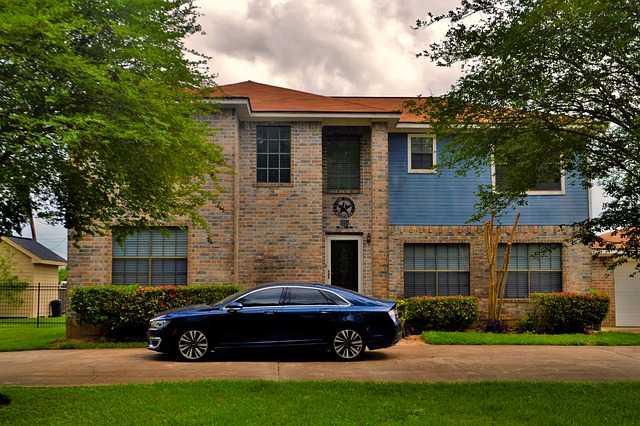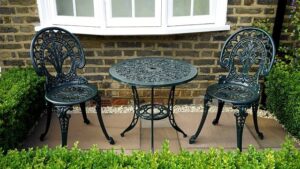Introduction
Cleaning mildew off antique wood furniture requires a delicate approach to ensure the preservation of the furniture’s integrity and value. Mildew, a type of fungus that thrives in damp and humid conditions, can cause discoloration, musty odors, and even structural damage to wood furniture. In this article, we will explore effective methods and precautions to safely clean mildew from antique wood furniture, allowing you to restore its beauty and maintain its historical significance.
Assessing the Damage
Before proceeding with any cleaning methods, it is crucial to assess the extent of the mildew damage on the antique wood furniture. Carefully inspect the furniture for signs of mildew growth, such as black or brown spots, a musty odor, or a fuzzy appearance. Take note of any structural damage, such as warping or decay, as this may require professional restoration.
Gathering the Necessary Materials
Materials used: To clean mildew off antique wood furniture, you will need the following materials:
– Soft-bristled brush or toothbrush
– Mild dish soap or wood cleaner
– White vinegar
– Water
– Clean, lint-free cloths
– Rubber gloves
– Protective mask
Preparing the Cleaning Solution
Step 1: Fill a bucket with warm water.
Step 2: Add a small amount of mild dish soap or wood cleaner to the water.
Step 3: For stubborn mildew stains, mix equal parts white vinegar and water in a separate container.
Cleaning the Mildew
Step 1: Put on rubber gloves and a protective mask to avoid direct contact with the mildew and inhaling spores.
Step 2: Gently brush off any loose mildew spores from the furniture’s surface using a soft-bristled brush or toothbrush. Be careful not to scratch or damage the wood.
Step 3: Dip a clean cloth into the soapy water solution and wring out any excess liquid. Wipe the affected areas of the furniture, applying gentle pressure to remove the mildew stains. Rinse the cloth frequently and change the water as needed.
Step 4: For stubborn mildew stains, dampen a clean cloth with the vinegar and water mixture. Gently dab the affected areas, allowing the solution to sit for a few minutes before wiping it off with a clean, damp cloth.
Step 5: After cleaning, use a dry, lint-free cloth to remove any excess moisture from the furniture’s surface.
Drying and Preventive Measures
Step 1: Place the cleaned antique wood furniture in a well-ventilated area to air dry completely. Avoid exposing it to direct sunlight or heat sources, as this can cause warping or cracking.
Step 2: Once dry, inspect the furniture again to ensure all mildew has been removed. If necessary, repeat the cleaning process.
Step 3: To prevent future mildew growth, keep the antique wood furniture in a dry environment with proper ventilation. Use dehumidifiers or fans to reduce moisture levels if needed. Regularly inspect and clean the furniture to prevent any mildew from returning.
Conclusion
Cleaning mildew off antique wood furniture requires a gentle and meticulous approach to preserve the furniture’s historical value. By assessing the damage, gathering the necessary materials, and following the appropriate cleaning steps, you can effectively remove mildew stains and restore the beauty of your antique wood furniture. Remember to take preventive measures to avoid future mildew growth and maintain the furniture’s condition.
References
– Smithsonian Institution: https://www.si.edu/
– The Spruce: https://www.thespruce.com/
– National Park Service: https://www.nps.gov/












